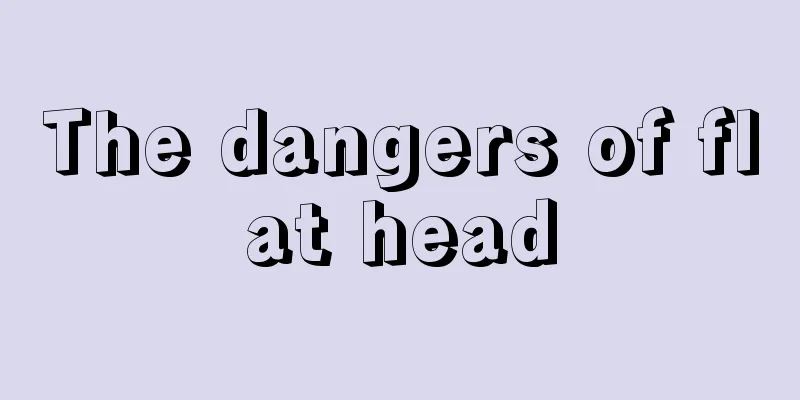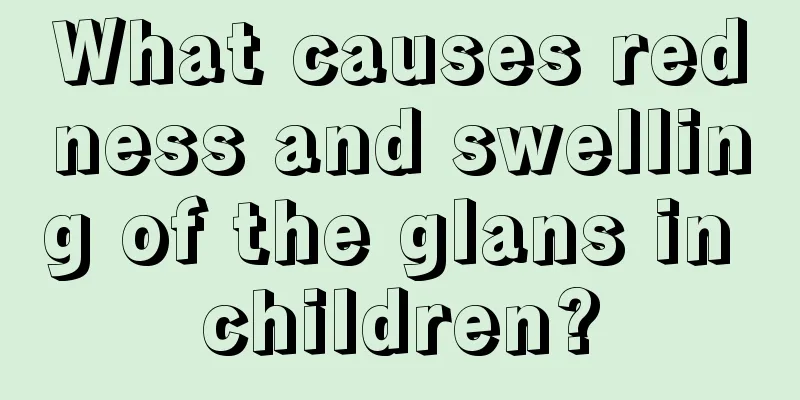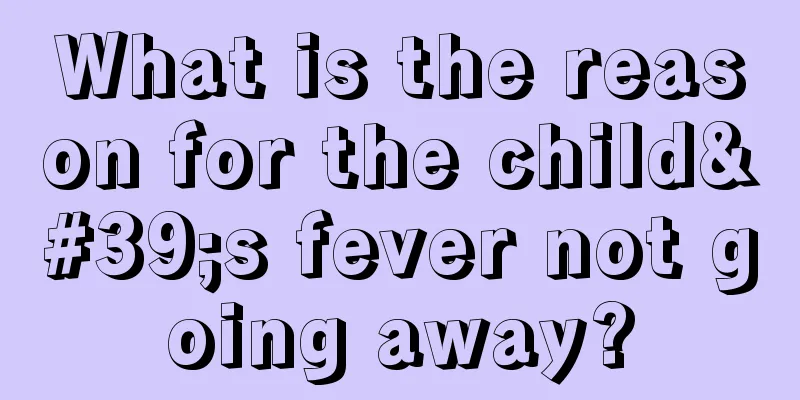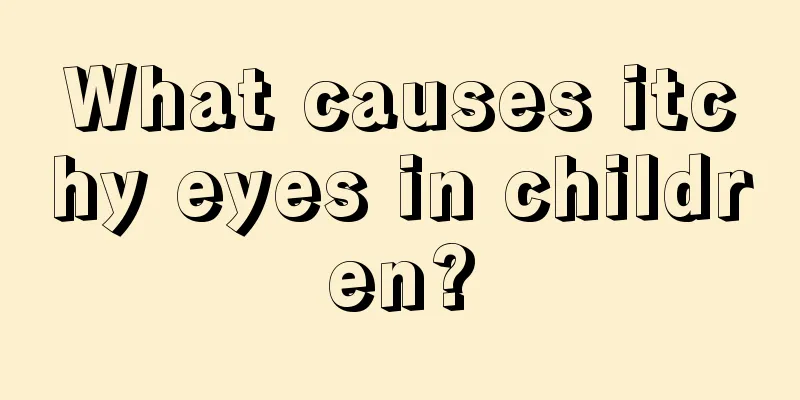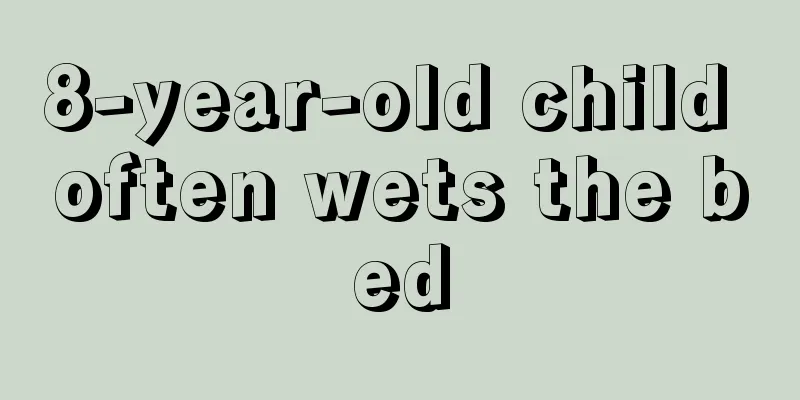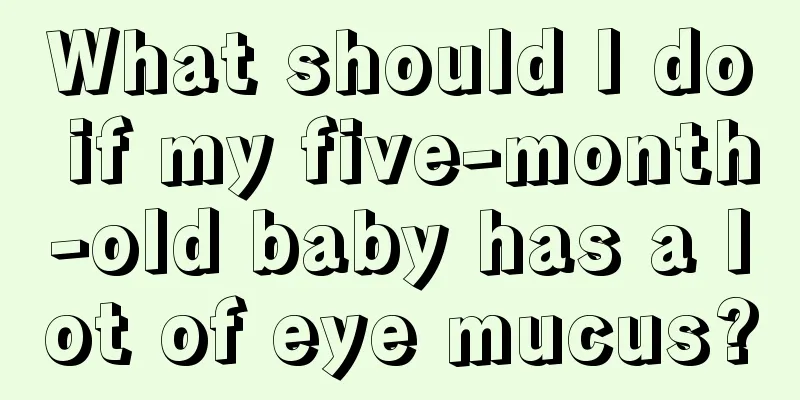How to test ADHD in children?
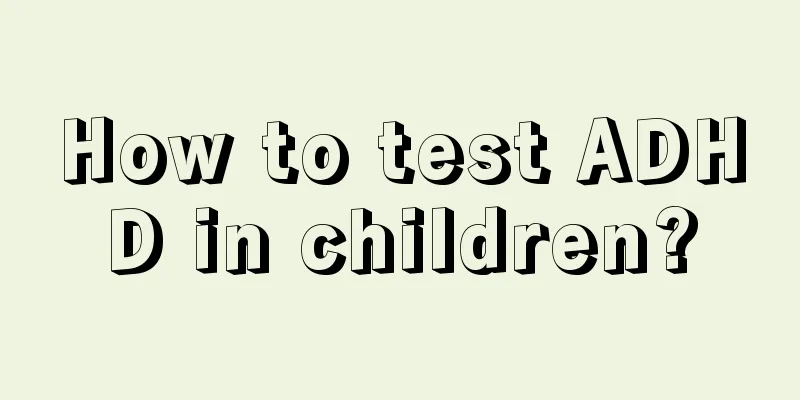
|
In life, parents should pay attention to and observe the health conditions and behavioral characteristics of their children. For example, ADHD is relatively common in children, so parents should also pay attention to testing and can judge and understand through some details of their children's learning and doing things. 1. Not paying attention to details when studying or doing things, often making careless mistakes; 2. It is difficult to concentrate when studying, doing things or playing (7-10 years old can concentrate for less than 20 minutes, 10-12 years old can concentrate for less than 25 minutes, and over 12 years old can concentrate for less than 30 minutes); 3. He often seems not to be listening or hearing when others are talking to him; 4. Often switch to another task before finishing one task, and fail to do things completely as required; 5. It is often difficult to arrange daily study and life; 6. Often unwilling to or avoiding things that require continuous brain use (such as homework, classwork, etc.); 7. Frequently lose some commonly used items (such as toys, pencils, books or other learning tools); 8. Often easily distracted by irrelevant stimuli; 9. Frequently forgetful (e.g., often losing things at school, forgetting assigned tasks); 10. Often cannot sit still, often makes small movements or twists and turns in the seat; 11. Frequently leaving seats in the classroom or other places where one needs to sit (including doing homework at home); 12. Running and crawling around in situations where they shouldn’t move (teenagers may only experience a subjective feeling of being unable to sit still); 13. It is difficult to play quietly; 14. Always busy and energetic; 15. Often talk a lot and never stop talking; 16. Often answer questions before they are finished; 17. Having difficulty waiting in line (e.g., in queues, competitions, or other group activities); 18. Frequently interrupts others or forces others to accept him (for example, by interrupting other people's conversations or games). Experts point out that items 1 to 9 belong to attention deficit. If the child meets 6 or more of the attention deficit symptoms, then he has ADHD, inattention type; items 10 to 18 belong to hyperactivity-impulsiveness. If the child meets 6 or more of the hyperactivity-impulsiveness symptoms, then he has ADHD, hyperactivity-impulsive type; if the above two conditions are met at the same time, then he has ADHD, mixed type. |
<<: How to treat hemorrhoids in children?
>>: Can vitiligo in children be cured?
Recommend
What causes a child to cough in the middle of the night?
If a young child coughs in the middle of the nigh...
What to eat when a 2-year-old baby gets angry
The problem of getting angry is a problem that ma...
What causes teeth grinding in children?
Teeth grinding in young children is actually a ve...
What is the most nutritious food for babies?
What is the most nutritious food for babies is a ...
What to do if your baby has a fever after vaccination
Babies are the treasures of their parents. Any pr...
How to cook shrimp suitable for babies
There are many kinds of shrimps that are suitable...
How to treat chin eczema in children
Children are in the process of growing up and are...
How to treat children's hallux valgus?
The condition of clubfoot can be discovered after...
Will the rash recur?
The problem of roseola in children can be said to...
What food is best for children with cough and wheezing?
When a child coughs and wheezes, it is a chronic ...
What is the cause of the redness and swelling of the child's foreskin?
Many parents accidentally discovered that their c...
How to teach children addition and subtraction in mathematics?
Although children are very curious, they are also...
What are the symptoms of hand, foot and mouth disease?
Hand, foot and mouth disease is a common gastroin...
Adverse reactions to pertussis vaccine
Whooping cough is a relatively common disease. As...
How many times does a two-month-old baby poop?
When taking care of a baby over two months old, i...
